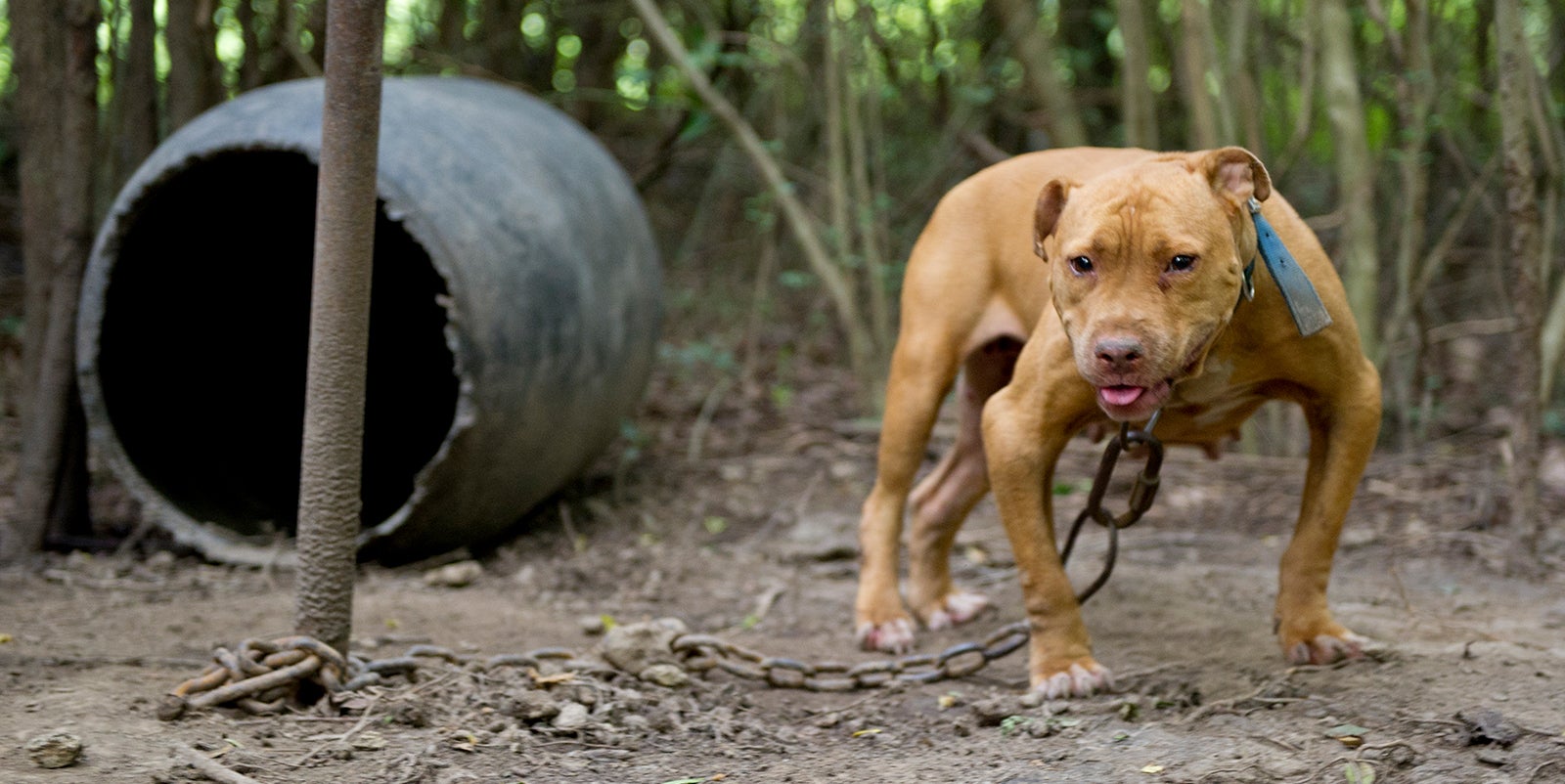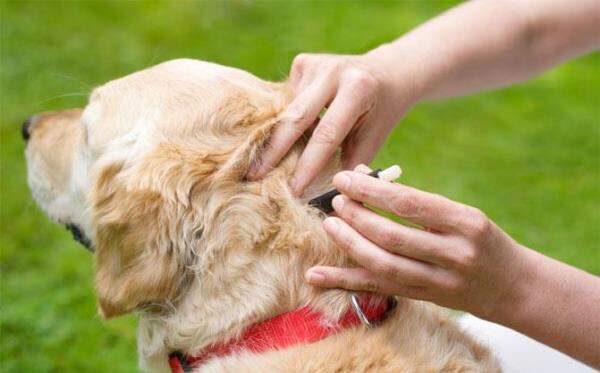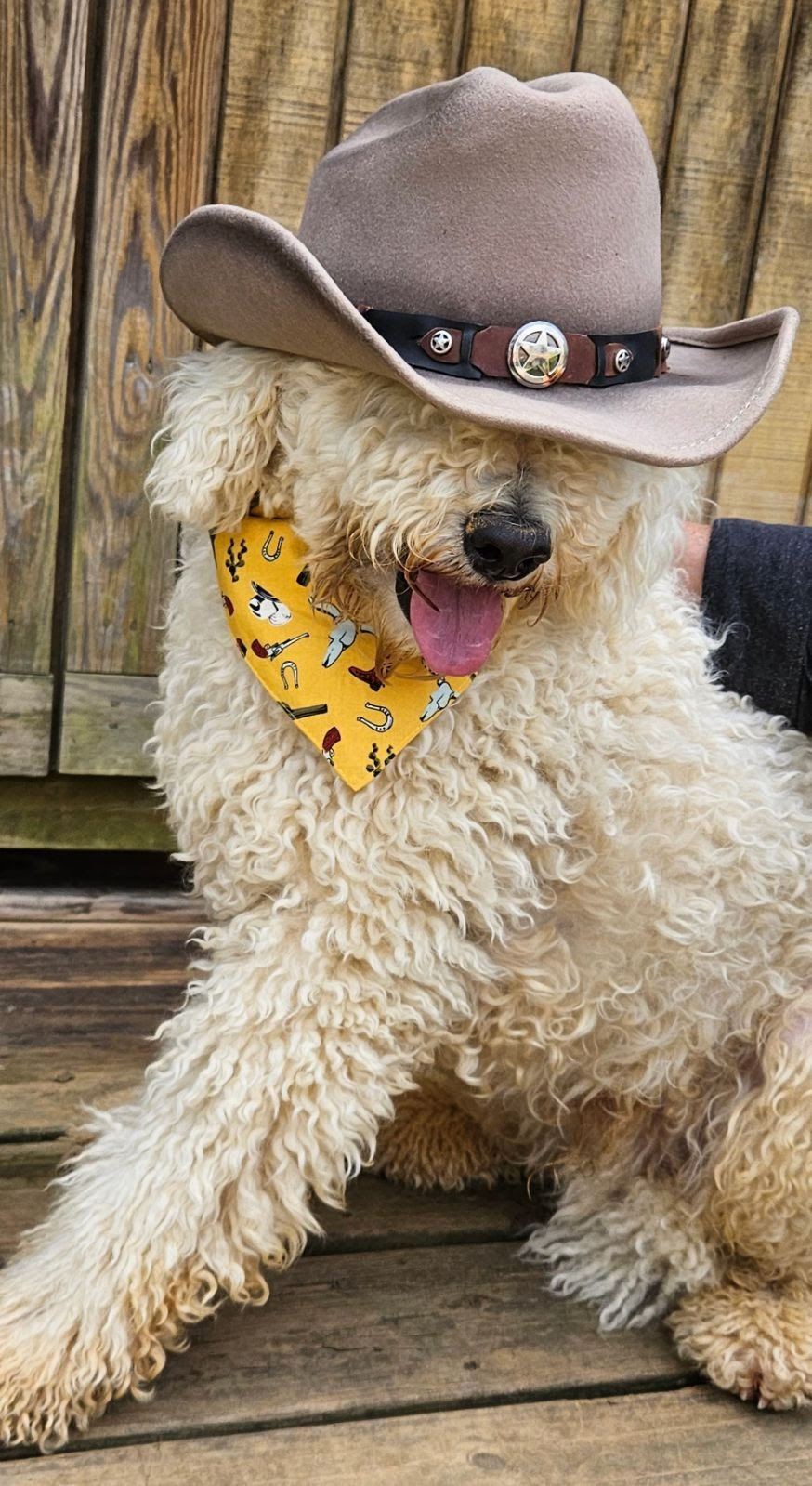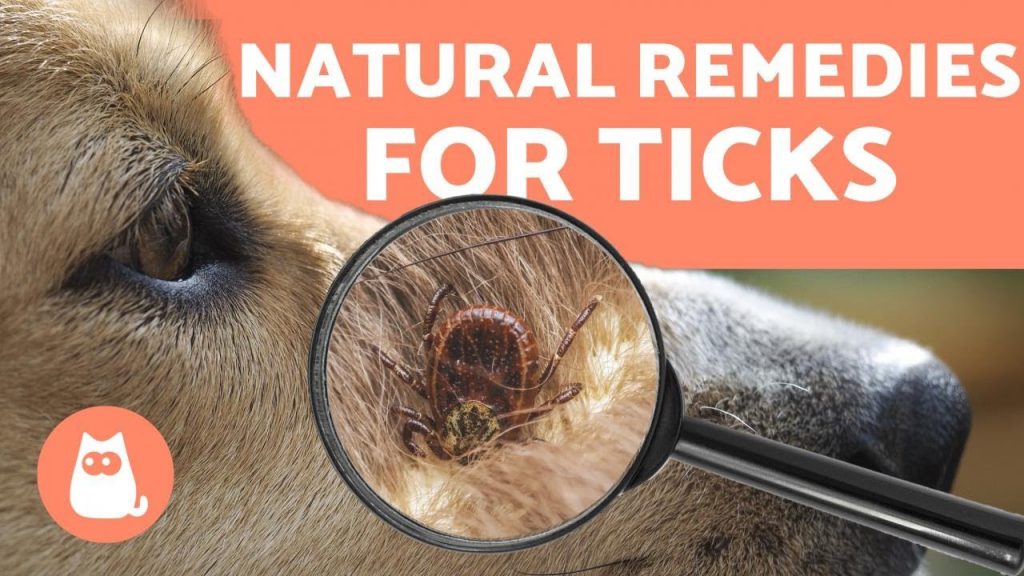The Complete Guide to Safely Removing Ticks from Your Beloved Dog. Learn how To safely remove ticks from your beloved dog in this comprehensive guide. Say goodbye To jargon & complex terms as we provide simple step-by-step instructions for tick removal. Keep your furry friend safe with our helpful tips & techniques.

The Complete Guide To Safely Removing Ticks from Your Beloved Dog
As a pet owner, it’s essential To protect your beloved dog from harmful parasites like ticks. These tiny creatures can carry diseases that can cause serious harm To your furry friend. In this complete guide, we will provide you with step-by-step instructions on how To safely remove ticks from your dog. We will also share important information on tick prevention & The best tick medication for dogs.
Understanding The Dangers of Tick Infestation
Ticks are not only annoying but can pose significant health risks To your dog. They are known To transmit diseases such as Lyme disease, babesiosis, & ehrlichiosis. These illnesses can cause symptoms ranging from mild discomfort To severe complications that could potentially be life-threatening for your pet. Preventing tick infestation & promptly removing ticks are crucial steps in ensuring your dog’s well-being.
One of The most effective ways To prevent ticks is through The use of tick medication. These medications come in various forms, including oral tablets, topical treatments, & collars. When choosing a tick medication for your dog, it’s essential To consult with your veterinarian To find The one that best suits your pet’s needs & lifestyle. You can find a comprehensive list of The best tick medications for dogs here.
Identifying & Safely Removing Ticks from Your Dog
Regularly checking your dog for ticks is crucial, especially if they spend time in areas with tall grass, wooded areas, or other tick-prone environments. Here’s a step-by-step guide on how To safely remove ticks from your beloved dog:
Prepare The necessary tools: You will need a pair of fine-tipped tweezers, gloves, rubbing alcohol, & a sealable container To dispose of The tick.
Put on gloves: Wearing gloves will protect you from any potential pathogens carried by The tick.
Inspect your dog: Thoroughly examine your dog’s entire body, paying close attention To areas like The ears, neck, armpits, & paws where ticks commonly hide.
Grasp The tick: Using The tweezers, grip The tick as close To The skin’s surface as possible.
Remove The tick: Gently pull upward with steady pressure, avoiding any twisting or jerking motions.
Dispose of The tick: Place The tick in a sealable container with rubbing alcohol To ensure its proper disposal.
Clean The bite area: Use antiseptic or rubbing alcohol To clean The bite area & your hands thoroughly.
Monitor for symptoms: Keep an eye on your dog for any signs of tick-borne illnesses for several weeks after removal. If you notice any abnormalities, consult your veterinarian immediately.
Preventing Tick Infestation
Preventing tick infestation is crucial for your dog’s overall well-being. Here are some strategies To minimize The risk:
- Tick medication: Use a recommended tick medication To repel & kill ticks before they can attach To your dog.
- Frequent grooming: Regularly combing your dog’s fur can help detect & remove ticks at an early stage.
- Tick-free environment: Keep your yard well-maintained by mowing The grass regularly & removing any excessive vegetation that may attract ticks.
- Check yourself: After spending time outdoors, make sure To check yourself for ticks as well. Ticks can latch onto humans & potentially transmit diseases.
- Consult your veterinarian: Your veterinarian can provide valuable guidance on tick prevention measures & recommend The most suitable tick medication for your dog.
My Personal Experience with Tick Removal
During a camping trip last summer, my dog, Bella, picked up a tick. I followed The steps outlined in this guide To safely remove The tick without causing harm To Bella or myself. It was a simple process, but I’m grateful for having The knowledge & tools To protect my beloved pet. Remember, vigilance & preventative measures are key To keeping your dog safe from ticks & The diseases they carry.
Further Resources
To learn more about ticks & how To protect your dog, visit The Humane Society’s informative guide here.
The Complete Guide to Safely Removing Ticks from Your Beloved Dog

The Complete Guide To Safely Removing Ticks from Your Beloved Dog
Understanding The Importance of Tick Removal
Ticks are external parasites that feed on blood & can transmit various diseases To dogs, such as Lyme disease & Rocky Mountain spotted fever. Therefore, it is crucial To safely remove ticks from your beloved dog To protect their health & well-being.
One effective method of tick removal is using a pair of fine-tipped tweezers To grasp The tick as close To The skin as possible & gently pull it straight out. Be careful not To squeeze or twist The tick, as this can cause The mouthparts To break off & remain in The skin.
Click here To learn more about tick removal & prevention.
Signs & Symptoms of Tick Infestation
Tick infestations can go unnoticed, especially if your dog has thick fur. However, there are some signs & symptoms that may indicate your dog has ticks:
- Excessive scratching, licking, or biting at certain areas of The body
- Visible ticks on The skin
- Redness, swelling, or irritation at The site of The tick bite
If you notice any of these signs, it is essential To check your dog for ticks & remove them promptly.
Preventing Tick Infestations
This article provides valuable information on preventing & getting rid of ticks in dogs. Some preventive measures you can take include:
- Using tick prevention products recommended by your veterinarian
- Keeping your dog’s environment clean & free of tick habitats
- Regularly checking your dog for ticks after outdoor activities
By implementing these preventive measures, you can significantly reduce The risk of tick infestations in your beloved dog.
Removing Ticks Safely & Effectively
To safely remove ticks from your dog, follow these steps:
- Wear gloves To protect yourself from potential exposure To tick-borne diseases.
- Use a pair of fine-tipped tweezers To grasp The tick as close To The skin as possible.
- Gently pull The tick straight out, applying steady & even pressure.
- Do not squeeze, crush, or twist The tick, as this can cause The mouthparts To break off & remain in The skin.
- Place The tick in a jar of rubbing alcohol or flush it down The toilet To ensure it is no longer a threat.
- Clean The bite area with antiseptic & monitor it for any signs of infection.
Remember To consult with your veterinarian if you encounter difficulties or if your dog shows any signs of tick-borne illnesses.
Comparing Tick Removal Methods
| Tick Removal Method | Effectiveness | Ease of Use | Gentleness |
|---|---|---|---|
| Tweezers | 🟢 | 🟢 | 🟢 |
| Tick Twister | 🟢 | 🟡 | 🟢 |
| Tick Removal Tool | 🟡 | 🟢 | 🟡 |
Micro Semantic Words for Tick Removal
When it comes To safely removing ticks from your beloved dog, it is crucial To follow The complete guide & use effective tick removal methods. By familiarizing yourself with The signs of tick infestation, implementing preventive measures, & using The proper tools, you can protect your dog from tick-borne diseases & ensure their overall well-being.
Finally, I have personally used The method of using tweezers To remove ticks from my own dog. It was a simple & effective process, & I was able To remove The ticks safely without causing any harm To my dog’s skin. It is essential To remain calm & gentle when removing ticks To avoid any complications or potential infections.
By following The complete guide & taking preventive measures, you can ensure The safety & health of your beloved dog.
The Complete Guide to Safely Removing Ticks from Your Beloved Dog
What are ticks?
Ticks are small arachnids that belong To The class of parasites. They are external parasites that feed on The blood of humans & animals, including dogs. Ticks are commonly found in wooded areas, tall grasses, & shrubs, & they can pose health risks To both humans & pets.
How can I tell if my dog has ticks?
To check if your dog has ticks, you should carefully examine their skin, especially in warm & hidden areas such as The armpits, groin, & ears. Run your fingers through their fur, feeling for any small lumps or bumps. ticks typically have a round or oval shape & can vary in size, ranging from a pinhead To a grape.
Is it important To remove ticks from my dog?
Yes, it is crucial To remove ticks from your dog as soon as you find them. Ticks can carry various diseases, such as Lyme disease & Rocky Mountain spotted fever, which can be transmitted To your beloved pet. Prompt removal of ticks reduces The risk of disease transmission & prevents discomfort or infection caused by tick bites.
How do I safely remove ticks from my dog?
To safely remove ticks from your dog, follow these steps:
1. Put on disposable gloves To protect yourself.
2. Use tweezers or a tick removal tool To grasp The tick’s body as close To your dog’s skin as possible.
3. Slowly & steadily pull The tick straight out without twisting or jerking.
4. Clean The area with an antiseptic.
5. Dispose of The tick by flushing it down The toilet or placing it in a sealed bag.
6. Wash your hands & disinfect The tools used for tick removal.
Are there any natural remedies for tick removal?
Although there are various natural remedies suggested for tick removal, it’s essential To note that not all of them are safe or effective. Some common natural remedies include using essential oils, such as tea tree oil or lavender oil, but these can be toxic To dogs if used improperly. It is best To consult with your veterinarian for safe & reliable tick removal options.
How often should I check my dog for ticks?
Regular tick checks are crucial for your dog’s health & well-being. It is recommended To check your dog for ticks daily, especially if they spend time outdoors in tick-prone areas. Ensure you inspect every part of your dog’s body thoroughly To identify & remove ticks promptly.
What should I do if I cannot remove a tick from my dog?
If you are unable To remove a tick from your dog or if you notice any signs of infection or illness following a tick bite, it is vital To seek veterinary assistance. Tick removal tools, such as tick twisters or tick hooks, can be helpful in such situations. Your veterinarian will have The necessary expertise & tools To safely remove The tick & provide any required medical care for your dog.
Conclusion
it is crucial for every dog owner To be well-informed about The safe removal of ticks from their beloved pets. By following The guidelines outlined in this complete guide, you can ensure The well-being & health of your furry friend.
Remember To always approach tick removal with care & caution, using The necessary tools such as fine-point tweezers or tick removal devices. Avoid using your bare hands or household items like matches or petroleum jelly, as they can worsen The situation & lead To potential infections.

Furthermore, it is important To monitor your dog for any signs of tick-borne diseases after removing The tick. Watch out for symptoms such as fever, loss of appetite, lethargy, or joint pain. If you notice any of these signs, consult your veterinarian immediately for proper diagnosis & treatment.
Prevention is key in protecting your dog from tick infestations. Regularly check your pet for ticks, especially after outdoor activities, & consider using tick preventives recommended by your veterinarian. Keep your dog’s environment clean & tidy, as ticks thrive in areas with tall grass & vegetation.
By taking these precautions & following The step-by-step instructions provided in this guide, you can ensure that your beloved dog stays safe & healthy from The dangers of tick bites. Always prioritize your dog’s well-being & consult a professional if you are unsure or encounter any difficulties.
Remember, as a responsible dog owner, you play a vital role in keeping your furry companion tick-free & happy. Stay informed, be proactive, & make tick prevention & removal a routine part of your pet care regimen. Your dog will thank you for it with a wagging tail & a lifetime of love & companionship.
